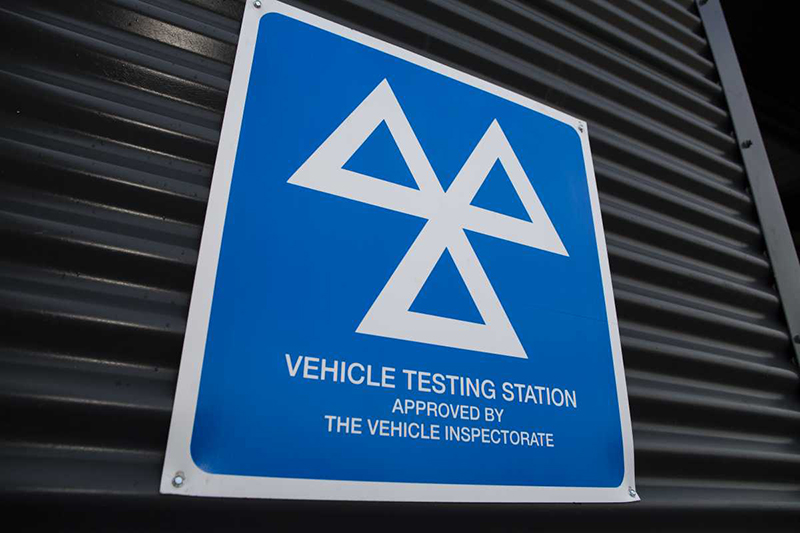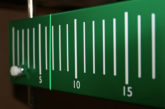
The GEA has made PMM aware that as of the 6th of February 2023, the DVSA has released some updates on the MOT testing manuals and special notices.
The changes to the MOT testing manuals and special notices have been made over a range of areas including how it’s administered, the opacity test and processes involving motorcycles and mopeds. The following changes are important to note for any garage currently carrying out MOT tests and should be followed appropriately.
The first change is on how the MOT scheme is administrated and the rules for authorised examiners, testers, and testing different types of vehicles:
Appendix 8: Disciplinary procedures – 8.1.5.b replace word “would” with “could”8.4.B add new sanction 12 – relating to charging more than the statutory fee.8.4.C.1 change sanction level for 2nd, 3rd and 4th occurrences of missing or incomplete training logs from L1 -L2 -L2 – L2 and L3 to L1 – L1 – L1 – L3 as applying the previous level sanction could cause inconsistency.
The next is to the inspection processes and rules for motorcycle, scooter, moped and motorcycle combination (class 1 and 2 vehicle) MOT tests:
Lamps, reflectors and electrical equipment – 4.1.2 add additional information for items not tested” “Not tested” or “unable to be tested” should only be used where it becomes apparent during the test that the particular item cannot be tested, and this could not have been identified prior to starting the test. The reason for selecting the failure must be included in the additional information box.”
Lastly, changes have been made to the inspection processes and rules for car, private bus and light commercial vehicle (class 3, 4, 5 and 7 vehicle) MOT tests:
Nuisance – 8.2.1.1 – Exhaust emission control equipment update paragraph from “This inspection is only for vehicles that must have a full catalyst emissions test (disregarding the basic emissions test). You only need to check components that are visible and identifiable, such as catalytic converters, oxygen sensors, and exhaust gas recirculation valves. To“ You only need to check components that are visible and identifiable, such as catalytic converters, oxygen sensors, and exhaust gas recirculation valves. You should reject all vehicles first used on or after 1 September 2002, where original emissions control equipment components are missing, obviously modified or obviously defective. Vehicles used prior to 1 September 2002 should only be rejected, where a full catalyst test could apply. Use the flowcharts one, two and three to decide which emission test is applicable for the vehicle being tested.”
8.2.2.2 – Opacity Update from: “The vehicle has passed the opacity test if any of the following happens: the first acceleration showed that the smoke level was at or less than the limit for the vehicle the mean smoke level from the first three readings was at or less than the limit for the vehicle the mean smoke level from any consecutive three readings was at or less than the limit for the vehicle” to “The vehicle has passed the opacity test if any of the following happens: the first acceleration showed that the smoke level was at 60 per cent or less than the limit for the vehicle the mean smoke level from the first three readings was at or less than the limit for the vehicle the mean smoke level from any consecutive three readings was at or less than the limit for the vehicle”









